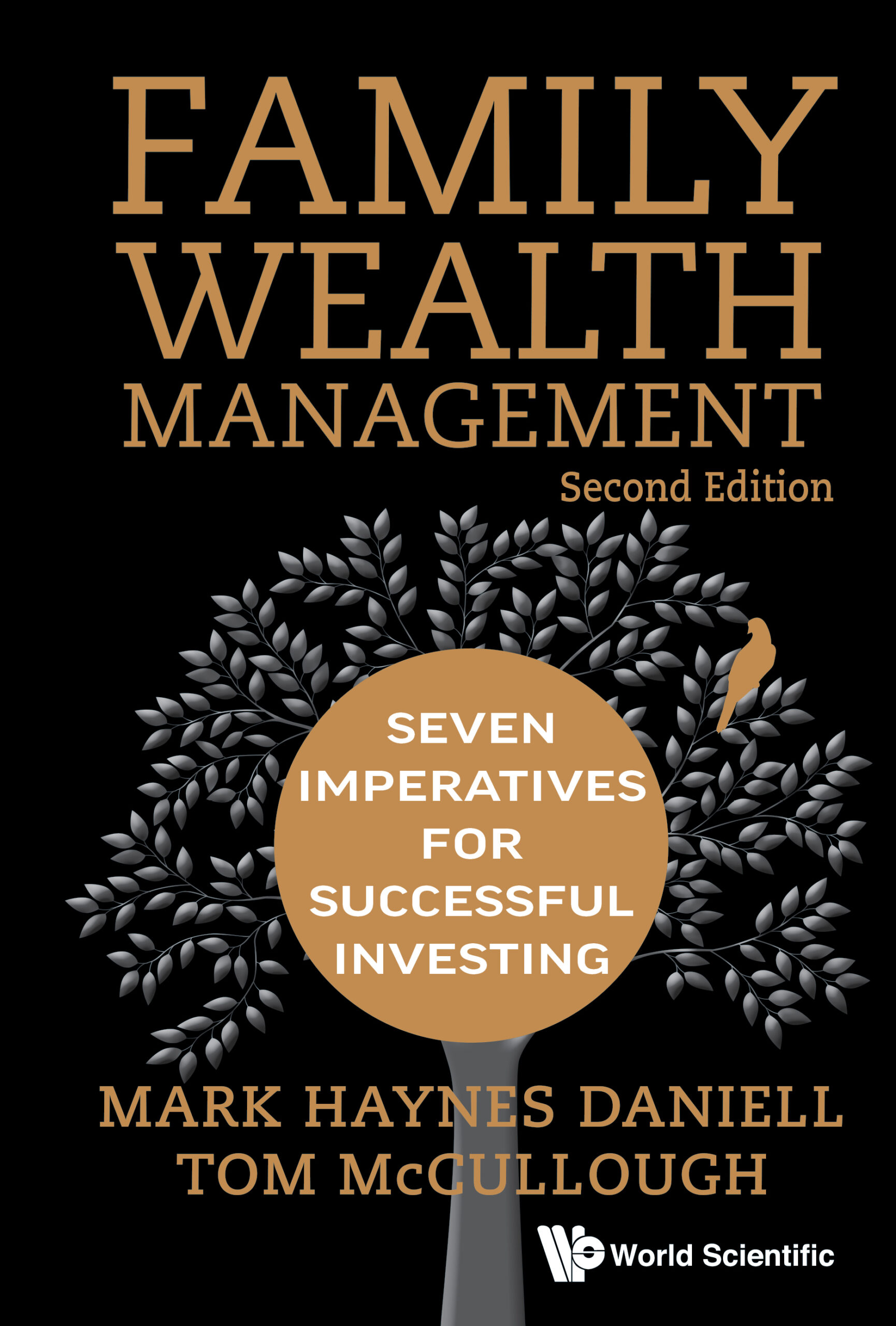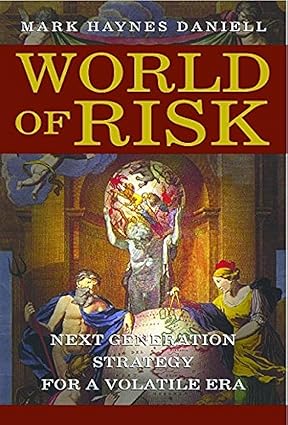Description
The successful management of family wealth has always been a challenge, even in the best of times. Requiring a careful balance of both family and financial considerations, the investment of family wealth for both lifetime and legacy purposes has become even more difficult in an increasingly complex world.
Family Wealth Management addresses a family’s philosophy of wealth, the development and prioritization of goals, and the understanding, structuring and allocation financial assets. In addition, the authors provide clear insights on the specifics of investment management and engaging and educating the family and its members in wealth management.
The seven imperatives, which make up the core of the book, serve as both a guide to the critical insights necessary for successful family wealth management, and also serve as a step-by-step process to help families develop and implement their own unique investment strategies, and achieve the full set of their family’s related objectives.
Comprehensive, practical, and easy to apply, this work can serve as an important reference guide for family members and their wealth managers around the world for this immediate period — and for many years to come.
Sample Chapter(s)
Contents:
- Foreword
- Preface
- Acknowledgments
- Introduction and Overview: A Critical Time for Family Investors:
- Setting Out a New Approach to Family Wealth Management
- A History of Family Wealth
- Addressing the Differences between Private and Institutional Investing
- Reinforcing the Importance of a Disciplined Investment Process
- The Seven Imperatives:
- Imperative 1: Establish Family Vision, Values, and Goals:
- Documenting Family Philosophy, Vision, and Values
- Determining the Purpose of Wealth and Setting High-Level Financial Goals
- Structuring Assets and Aligning Investments to Serve Multiple Purposes
- Integrating the Family Business into Wealth Management Strategy
- Imperative 2: Set a Practical Framework for Family Investment:
- Rethinking Modern Portfolio Theory, Considering Goals-Based Wealth Management
- Reviewing Different Approaches to Asset Allocation
- Comprehensive Risk Management
- Imperative 3: Set a Long-Term Family Wealth Strategy and Define the Asset Allocation Model:
- The Elements of Long-Term Strategy
- Investing for the Future: Mega-Themes and Principled Investment Management
- Long-Term Strategy Document (Example)
- Imperative 4: Draft the Annual Investment Policy Statement and Refine Investment Tactics:
- Drafting the Annual Investment Policy Statement and Refining Investment Tactics
- Rethinking the Role of Traditional Investment Assets in the Family Portfolio
- Assessing Alternative Assets and the Search for Recurring Alpha
- Selecting Individual Investments and Investment Managers
- Investment Policy Statement (Example)
- Imperative 5: Monitor Performance and Respond to the Need for Change:
- Monitoring Performance against Internal Goals and External Benchmarks
- “White Water Investing” and the Management of Wealth in Turbulent Times
- Imperative 6: Select and Manage an Ecosystem of Trusted Financial Advisors:
- Designing the Ecosystem and Selecting Advisors
- The Role of the Family Office
- Imperative 7: Engage and Educate the Family:
- Determining the Right Wealth Distribution Strategy
- Preparing the Family for the Successful Transfer of Wealth
- Imperative 1: Establish Family Vision, Values, and Goals:
- Conclusion:
- Pulling It All Together: The Successful Management and Transfer of Wealth Across Generations
- About the Authors
- About Northwood Family Office
- About Raffles Family Wealth Trust and www.raffleslegacylearning.com
Review
The successful management of family wealth has always been a challenge, even in the best of times. It has become even more difficult in this new world order where consistent income and capital growth are hard to generate, where the old rules of investing no longer provide reliable guidelines, and where the balance between family and finances is more precarious than ever.
A new book by two global leaders in the management of family wealth provides a fully integrated and family-centric approach to wealth management. It addresses the family’s philosophy of wealth and the development of its goals, its approach to structuring and allocating financial assets, and the importance of engaging and educating family members along the way.






